ARCore 1.2, Google's updated augmented reality framework, includes a new cross-platform feature called 'Cloud Anchors,' which can allow both iOS and Android device users to share the same AR experience despite using different underlying AR technologies.
Announced at Google I/O, Cloud Anchors aims to enable local multiplayer AR gaming, or AR apps capable of supporting multiple users, with all participants seeing the same environment. In effect, all users will see the same virtual objects in identical locations relative to their position and point of view simultaneously.
The location of a virtual object in the world is fed from one user's device to the cloud, which is then synchronized with other apps within the same session.
Notably the Cloud Anchors system works with both Google's own ARCore and Apple's ARKit. For iOS devices, ARKit would continue to handle the vast majority of the AR processing, using Cloud Anchors data just to determine the location of the virtual objects it needs to place, while also informing of the placement or removal of other objects at the same time.
As it is just the location of digital objects in 3D space that is being shared, it means that developers could make custom versions of the same AR app that work on Android and iOS, and for users of both platforms to interact with each other. For game developers, this can enable local multiplayer in AR, with users effectively seeing identical gameplay areas in the same positions as other players.
Outside of gaming, Google suggests the technology could allow users to collaborate within apps, such as redecorating a room and allowing others to see the proposed changes in real time, or producing a mural as a group.
Google brought ARCore out of beta in February as a challenger to Apple's ARKit, allowing developers to publish apps to the Google Play Store using the technology. At launch, it supported 13 different phones, including Google's Pixel devices, Samsung's Galaxy S7 and S8 ranges, and the OnePlus 5, with other compatible hardware expected later this year.
ARCore 1.2 builds upon the work of version 1.0 by introducing vertical plane detection, a feature added to ARKit in January that enables it to detect walls. Another addition, Augmented Images, can trigger an AR experience by pointing the device's camera at a flat image, like the packaging of a box.
Google has made the SDK for ARCore for iOS available to access through its development site. According to the documentation, it will support the iPhone X, iPhone SE, and the iPhone 8, iPhone 7, and iPhone 6s ranges, but isn't meant to be used with iPads at this time.
 Malcolm Owen
Malcolm Owen







-m.jpg)






 Chip Loder
Chip Loder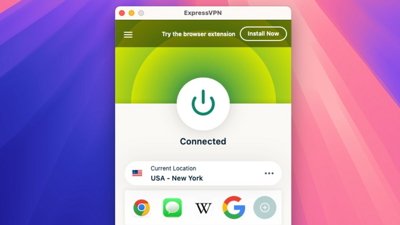
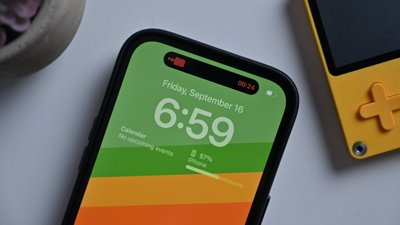
 Marko Zivkovic
Marko Zivkovic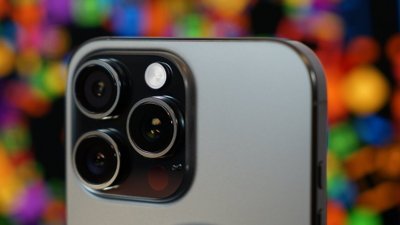
 Wesley Hilliard
Wesley Hilliard
 Christine McKee
Christine McKee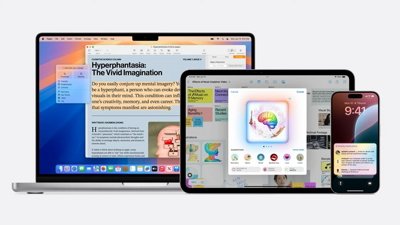
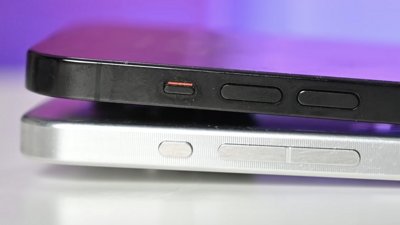
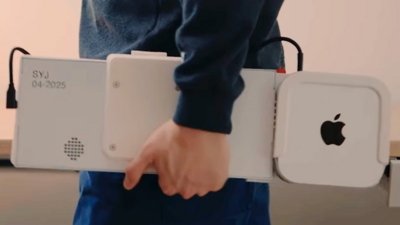
 William Gallagher
William Gallagher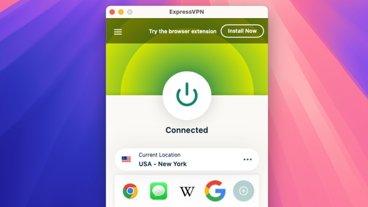
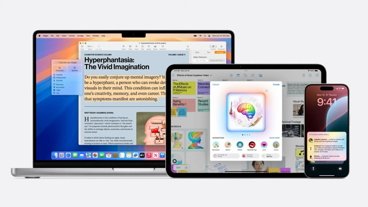



-m.jpg)



5 Comments
Google is trying to glom onto Apple's clear superiority in VR. It will backfire.